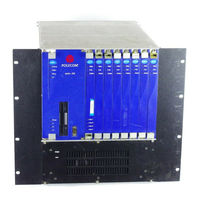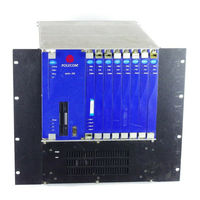Polycom MGC Manager Manuals
Manuals and User Guides for Polycom MGC Manager. We have 4 Polycom MGC Manager manuals available for free PDF download: Administrator's Manual, User Manual, Supplementary Manual, Quick Start
Advertisement
Polycom MGC Manager User Manual (382 pages)
Polycom MGC Manager Software: Software Guide
Table of Contents
Polycom MGC Manager Supplementary Manual (9 pages)
Polycom ConferenceSuite Network: Supplementary Guide
Table of Contents
Advertisement
Polycom MGC Manager Quick Start (2 pages)
Polycom MGC Manager Software: Quick Start



